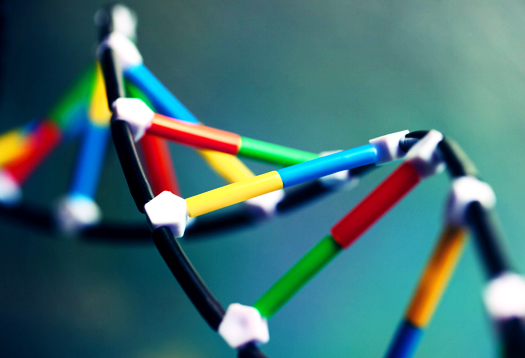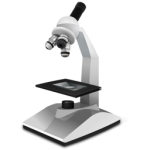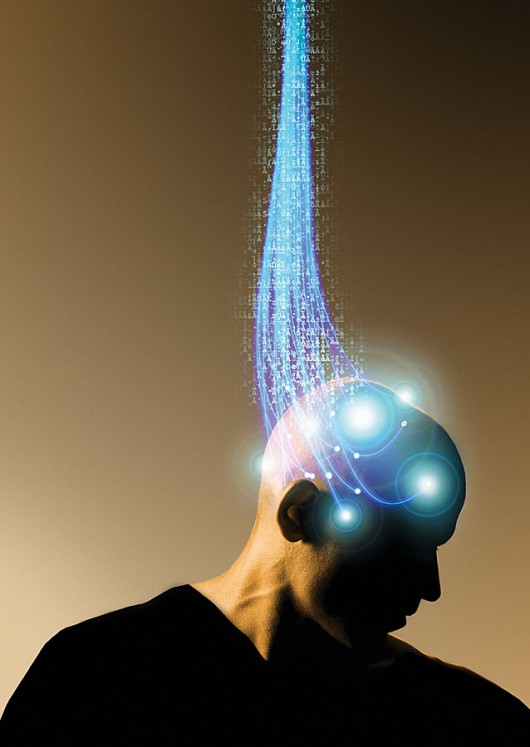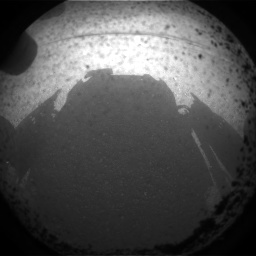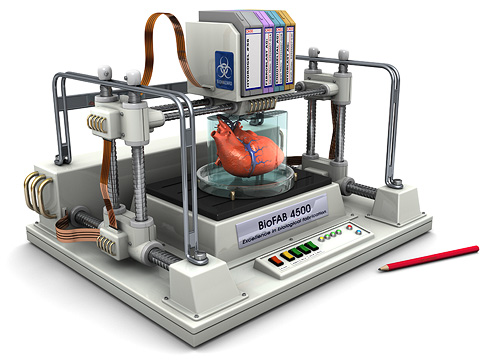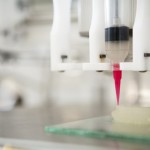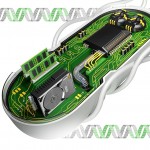 Darwin Tunes isn’t new, its been around since 2009 – but its been steadily growing in popularity. Darwin Tunes is based on a simple premise – can we evolve music? In order to do this they use an evolutionary algorithm which uses human ratings as a means to judge short sound clips. Higher rated sound clips get to breed and effect the next generation, while unappealing clips die and are excluded from breeding. The awesome thing about the project is that it works – and quite well. It won’t be competing with human artists yet, but its very clearly music. Evolutionary algorithms hold great promise for design in general, but their application in areas such as aestheticism is currently under-explored – Darwin Tunes is making great progress in fixing that.
Darwin Tunes isn’t new, its been around since 2009 – but its been steadily growing in popularity. Darwin Tunes is based on a simple premise – can we evolve music? In order to do this they use an evolutionary algorithm which uses human ratings as a means to judge short sound clips. Higher rated sound clips get to breed and effect the next generation, while unappealing clips die and are excluded from breeding. The awesome thing about the project is that it works – and quite well. It won’t be competing with human artists yet, but its very clearly music. Evolutionary algorithms hold great promise for design in general, but their application in areas such as aestheticism is currently under-explored – Darwin Tunes is making great progress in fixing that.
Check out Darwin Tunes to hear some of their clips and get involved yourself! You can also read their recent PNAS paper here.











